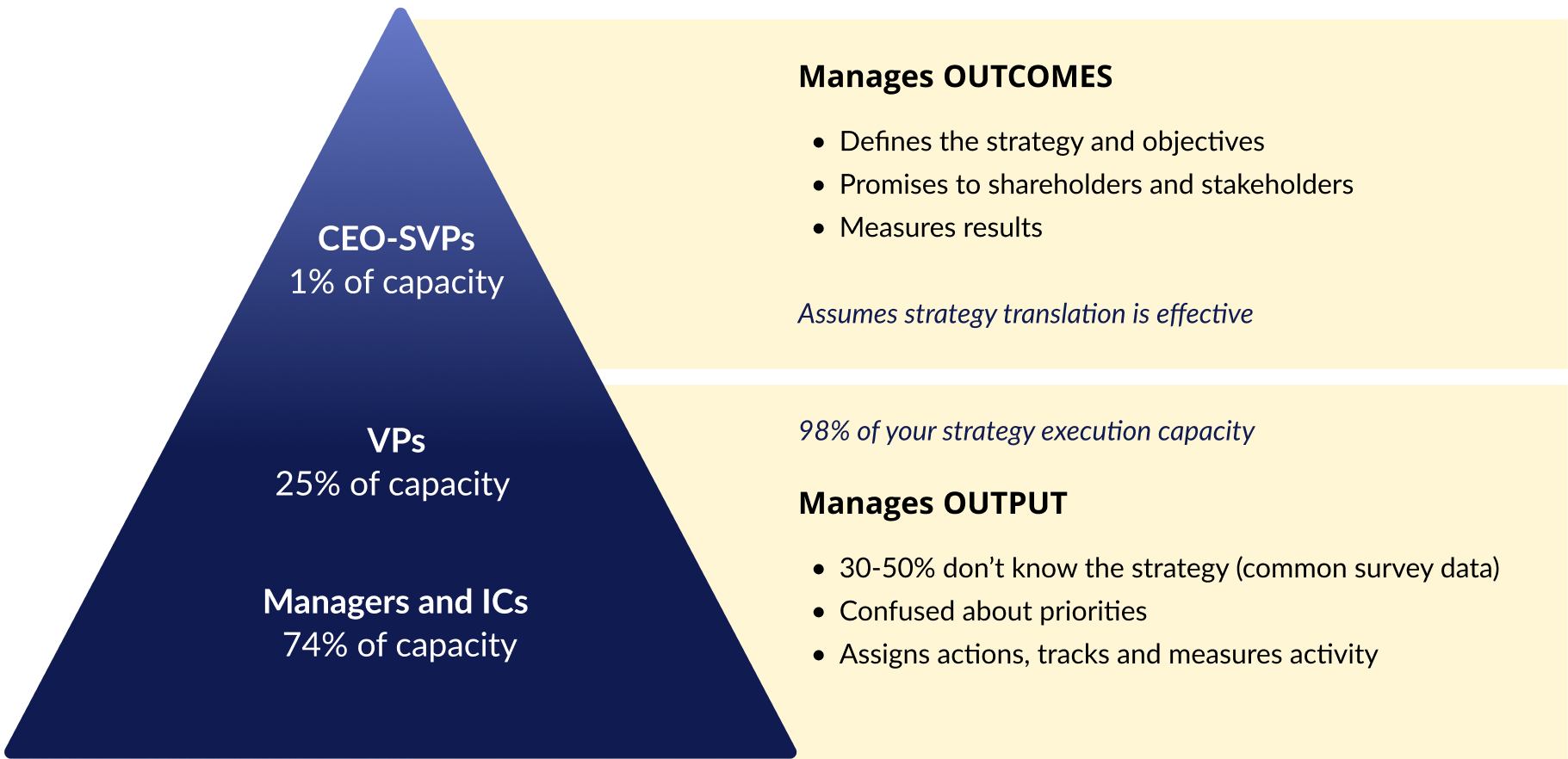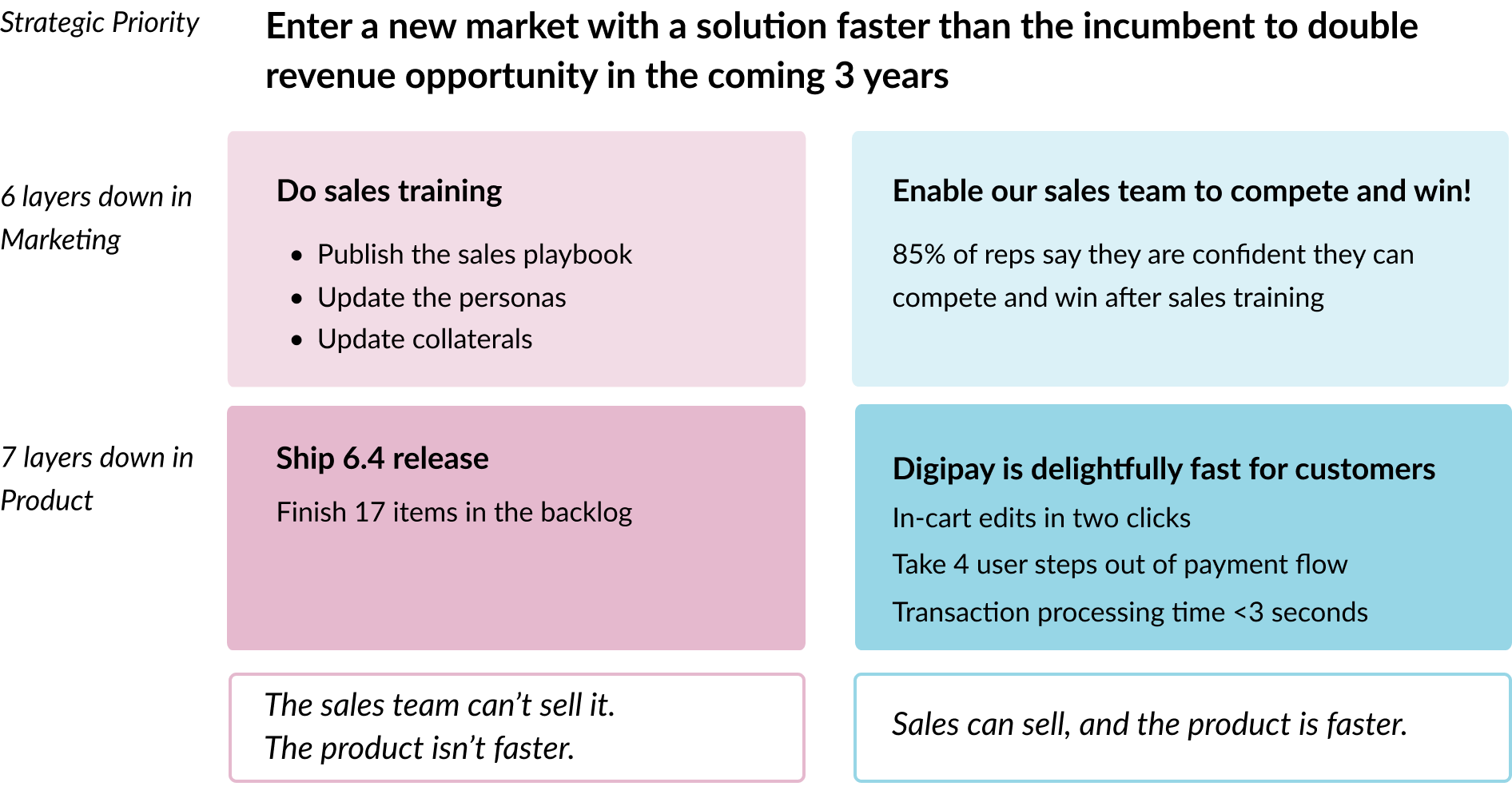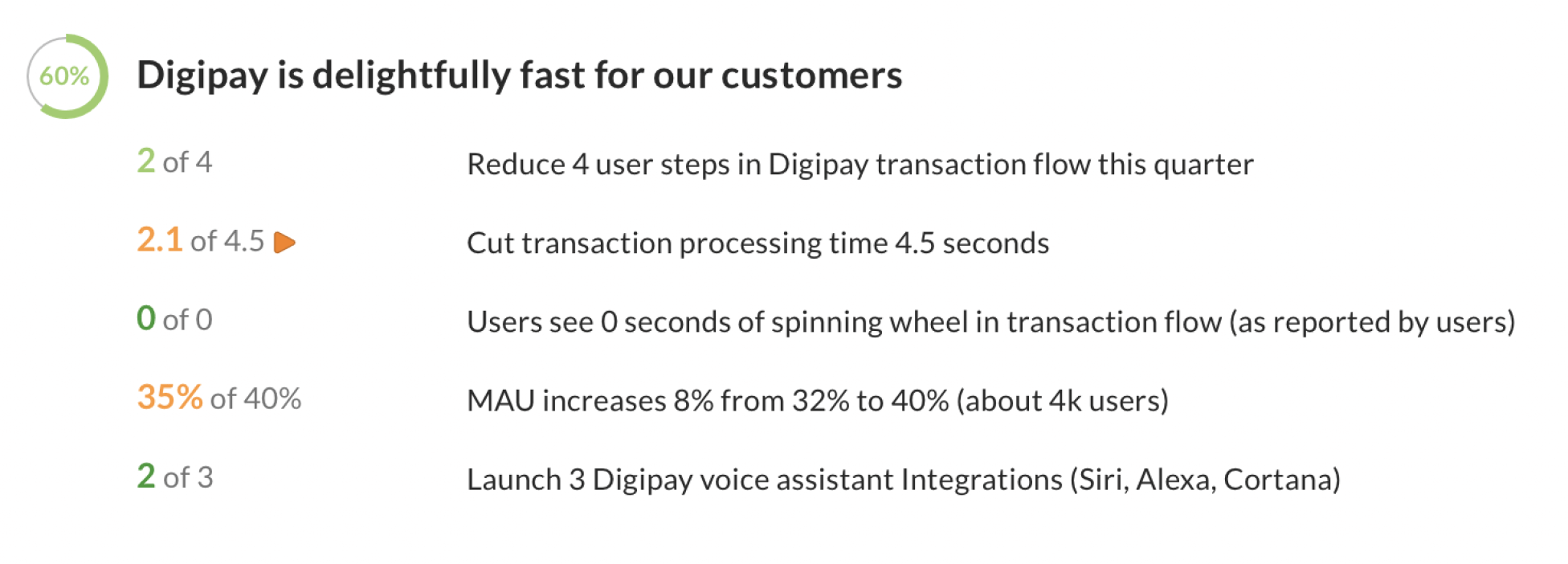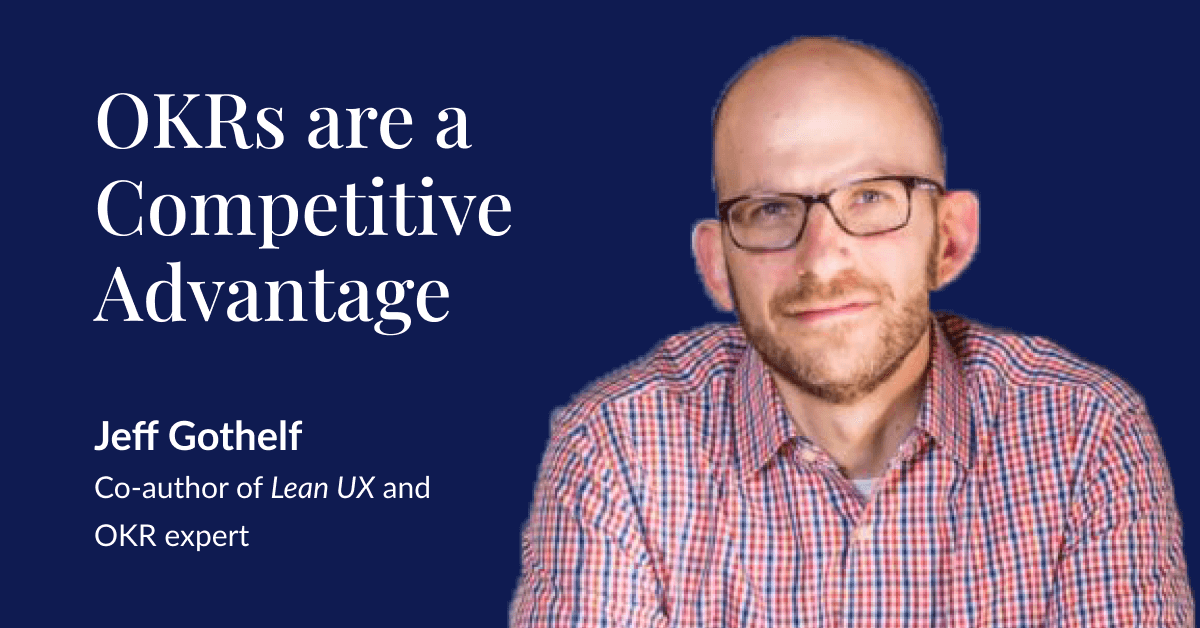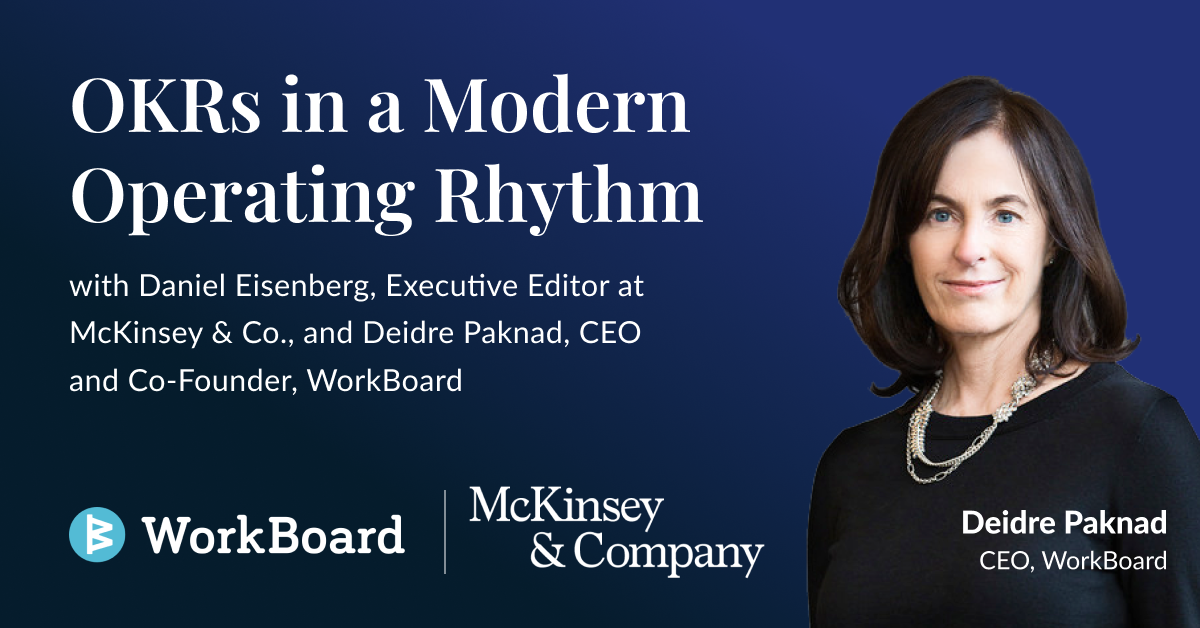In most organizations, work is managed as activity and milestones — not by its objective or measurable value. And that activity is captured in dozens of trackers and tools across hundreds of teams. Getting visibility takes weeks or months, and when you do get the data on work in flight, it’s hard to understand or objectively weigh the relative value of activity.
“What do winning companies do to prepare for recessions? They surgically restructure costs before the downturn, trimming the fat and preserving the muscle. They put their financial house in order, diligently managing liquidity and the balance sheet. They play offense by selectively reinvesting for competitive outperformance.”
Bain - The New Recession Playbook
It’s even more difficult when the request for visibility is framed in a cost reduction context which can trigger a desire to protect projects and people by over stating value intended or achieved. When it takes months to get information you don’t trust, you can’t make fast, fact-informed decisions.
Managing Outcomes Instead of Output
When every team, initiative, and product has defined Objectives and Key Results (OKRs) and its outcomes for the company and customer are transparent, executives and everyone else can make value-based choices. In contrast, when all you can see is “ship this” and “deliver that” — not why you’d ship or deliver anything — it’s impossible to make tradeoffs at your level or determine priorities further down in the org.
Outcomes should be a common language for teams across the organization, and the one thing they can all align on. The intent of OKRs is not to force a cascade of top-down strategy, but rather to operate as an agile, outcome-focused organization with broad results transparency that enables everyone to know the why of the work and the how of the strategy.
Everyone’s decision speed and quality improve as a result; this radical transparency on objectives and results helps you cut through the clutter instantly to maximize business results.
Too Many Priorities Signals an Alignment Problem
Even if you’re not in trim back mode yet, you probably hear from deep in your organization that there “too many priorities” and teams are overwhelmed by competing demands for their time. Fundamentally, that means they don’t have a good decision framework to determine what matters most. Your resources are peanut-buttered across unequal priorities and teams are stalled.
OKRs are how priorities are determined by each team in alignment with company strategy; they are the framework that teams use to make value-based decisions and assess the relative value of potential results for their work. The framework is as powerful for saying what is not a priority as it is for deciding what is; teams can elevate and deprecate tasks based on the results they’re trying to create for the company or customers. The OKR below for building a digital product shows what driving outcomes looks like — these guide team choices on what activity to prioritize.
Facts and Data Create True Agility
With its first OKR cycle in WorkBoard, an organization has its first real-time inventory of value creation in motion for a given quarter. The initial inventory often reveals very limited understanding of strategy and just how output — not outcome — oriented the organization really is.
As uncomfortable as it is to see these issues, it’s excellent information: Now you know where alignment is falling apart and where activity is disjointed from business impact or simply isn’t creating any business value. This is organizational debt that every leader needs to see and address now to reduce waste, drive focus, and concentrate resources on value generation.





